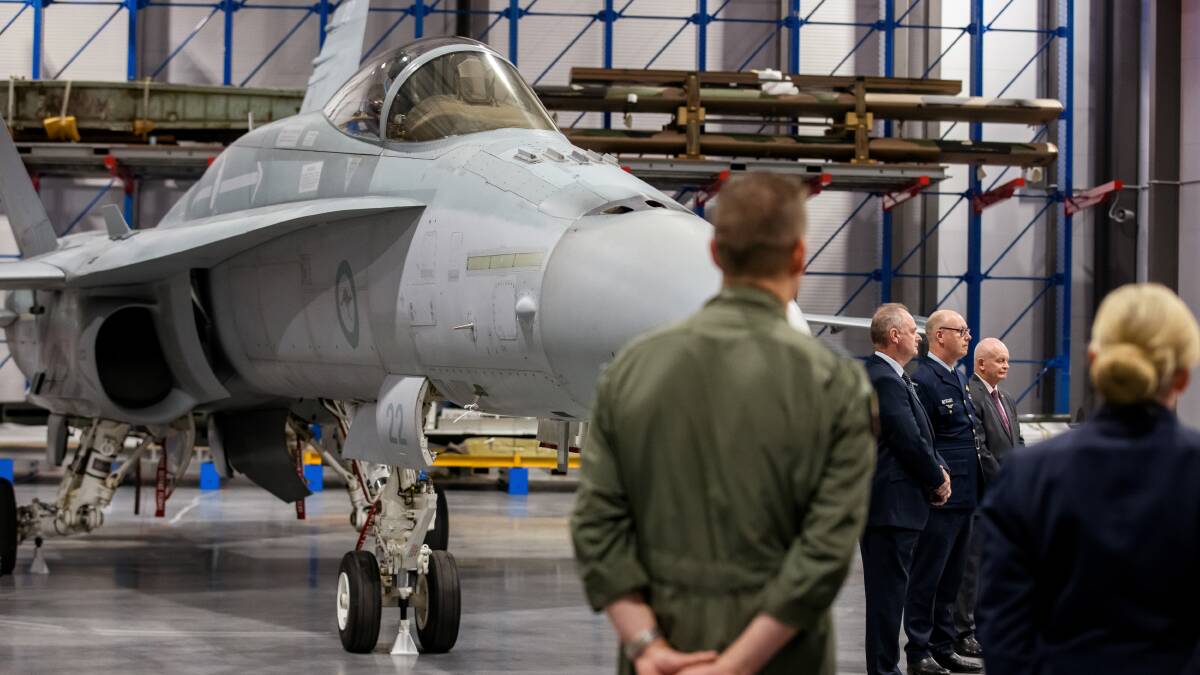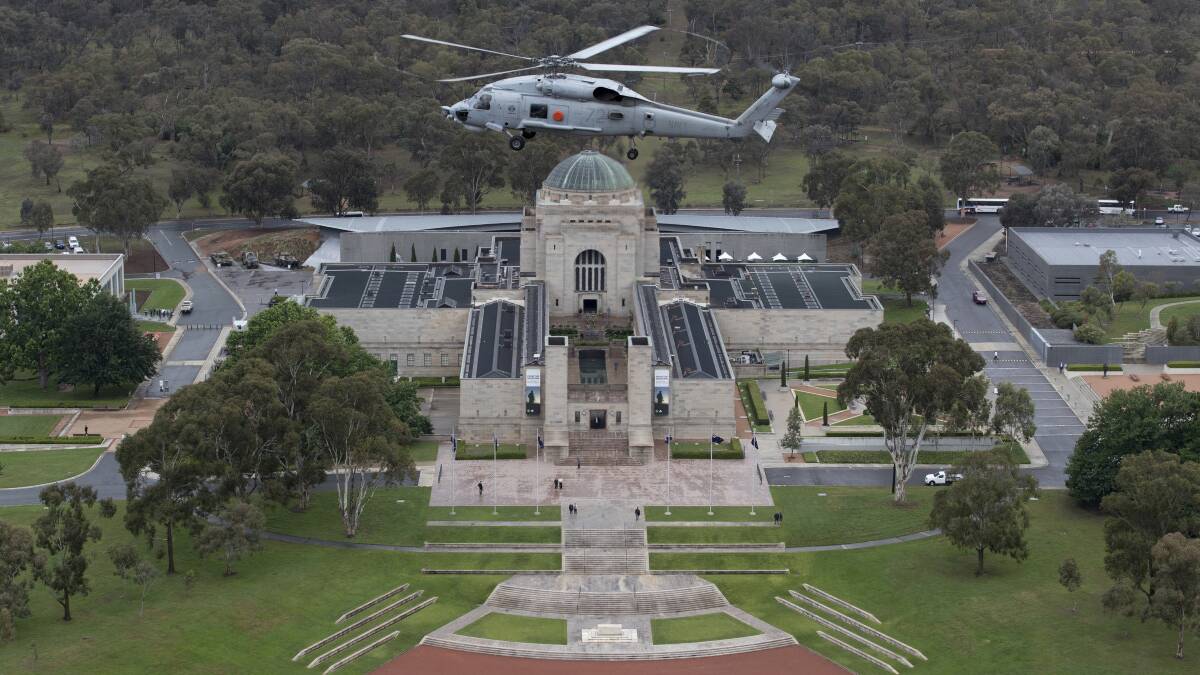
As the National Capital Authority considers whether to approve "early works" for the expansion of the Australian War Memorial, one question should be foremost in its deliberations: what does the memorial symbolise for Australian life and values in the central position it occupies in the national capital?
Subscribe now for unlimited access.
or signup to continue reading
The NCA is currently consulting the public about the expansion, although you'd have to be paying close attention to realise that. As usual, it's been up to advocates to inform the public at large of the process.
Submissions are open until the end of this week, and all Canberrans should consider making their views heard, whether you have detailed thoughts or simply want to send a sentence or two. But the NCA has been at pains to point out that this is not an open slather inquiry into whether the expansion should go ahead - it is limited to considering whether the proposed "early works" are consistent with the National Capital Plan.
However, the proposed "early works" are so extensive that they have to be considered a Trojan Horse for the entire planned expansion. These works include the destruction of the beautiful, award-winning Anzac Hall, massive excavation works at the front of the building, and the bulldozing of some 160 trees around the site.
The change from a space of reflection to a museum expanded so as to showcase weaponry cannot be overstated.
Once these works are approved, irreparable damage will be done to the site, irrevocably changing it, and there will be little or no capacity to stand in the way of the full works. This is one of the many techniques developers use to avoid proper process.
That being the case, the NCA has to consider at this stage the impact of the full development on the city that it has stewardship responsibilities for. The National Capital Plan requires it primarily to ensure that any development is consistent with Canberra's role as "the symbol of Australian national life and values".
This might be a marginal question for many of the developments the NCA has to consider. But for the Australian War Memorial, both as an institution of particular national significance and due to its place at the heart of our city's geography, it is surely one of the most fundamental questions the NCA has been asked to consider.
And this is the question all Canberrans should be considering now, and giving our responses to the NCA: what does the Australian War Memorial symbolise about Australian life and values? Situated as it is, at the base of Mount Ainslie, looking down Anzac Parade, across the lake, through Reconciliation Place, past the Aboriginal Tent Embassy and the Museum of Australian Democracy to Parliament House, what should the war memorial say about us? And how would the proposed expansion and transformation change its symbolism?

The war memorial was established for a very clear purpose: to serve as a space for commemorating and memorialising those fallen in wars, and to reflect on war and its impact on Australian society and people. It is very clear, in the memorial's own publications, that it is not to be "a general museum portraying war, much less one glorifying it". The proposed expansion, designed to enable the showcasing of massive military hardware, with exhibits sponsored by some of the world's largest weapons manufacturers, goes against this purpose and dramatically changes its symbolic meaning.
The change from a space of reflection to a museum expanded so as to showcase weaponry cannot be overstated. If the NCA approves this proposal, it will stand responsible for enabling a symbolic shift in the representation of Australian life and values away from one which sees war as an evil to be avoided towards one which celebrates and glorifies war, with all the destruction that that entails.
Then there's the symbolic value of approving a half-billion-dollar expansion while veterans' services are drastically underfunded and Canberra's other cultural institutions, such as the National Gallery, Museum and Archives, are starved of resources, with leaking roofs and deteriorating collections.
READ MORE:
What does it say about our "national life and values" that our government prioritises exhibiting helicopter gunships over the maintenance of archival material such as recordings of Prime Minister Curtin's wartime speeches and evidence given to the Royal Commission into Aboriginal Deaths in Custody, which the ABC reported this week are in imminent danger thanks to chronic underfunding?
We should also consider the symbolism of the process surrounding this expansion and what it says about Australia's democratic values. The project seems to have been born from the close relationships the former director built with arms manufacturers, corporations which are also major donors to both major political parties.
Despite widespread opposition from an extraordinary range of people, from veterans to architects, former senior staff of the memorial to concerned citizens, the memorial continues to misrepresent an unrepresentative survey - with clearly leading questions and no option to register outright objection - as showing overwhelming support. My experience doorknocking around Canberra and asking people about issues of concern is that a remarkable number raise the war memorial unprompted, and see it as a prime example of what is going wrong with governance in Australia.
If this project goes ahead, will the Australian War Memorial become a tragic monument to the corporate takeover of democracy, the bulldozing of the bush, and the glorification of war? Is that the symbol of our national life and values that our city should showcase?
- Tim Hollo is executive director of the Green Institute, a visiting fellow at the ANU's School of Regulation and Global Governance, and the Greens candidate for the seat of Canberra.
- The Heritage Guardians, Honest History, the ACT Greens and the Medical Association for the Prevention of War are holding a public meeting at the Griffin Centre on Thursday at 6pm. Register here.
- Submissions to the NCA can be made before 5pm Friday by emailing waconsultation@nca.gov.au

